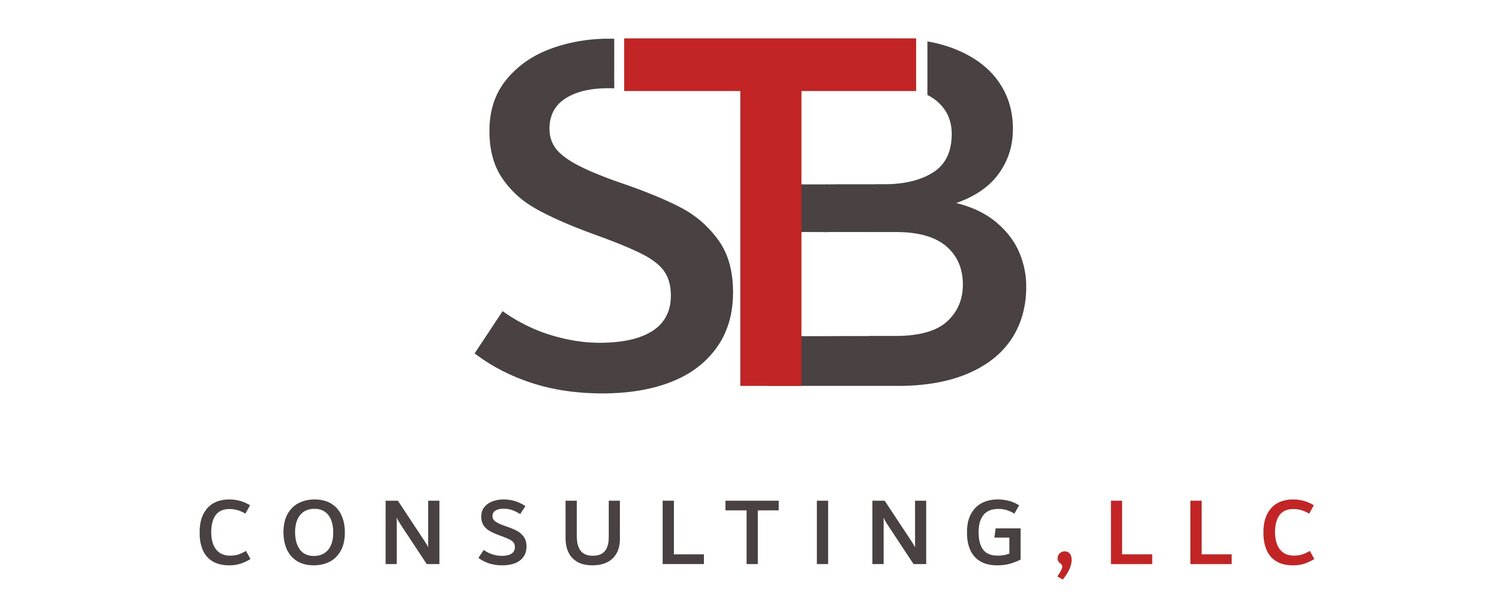Six Key Questions to Address When Assigning a New Project
In a recent article on “Starting the Year Off Right”, I discussed the value of starting the year off right and provided a step-wise approach to establishing annual goals for the departments and individual employees within your organization. Ideally, you start at the top with understanding your organization’s goals as outlined in your strategic plan. In a simple model, organizational goals are “cascaded” to departmental goals and departmental goals are cascaded to individual employees. When goals are cascaded through an organization, individual employees can understand how their work directly impacts the organization, leading to alignment and clarity of purpose.
Once individual goals are defined, it’s time to discuss the programs, projects, and activities that need to take place this year to help achieve those goals.
Whether you’re assigning a specific project to a seasoned project manager or someone new in a project leadership role with little formal project management training, it’s important to address the following questions to set expectations and align with your project leader.
1. What does success look like for this project? What are the intended outcomes?
Align with your staff member (project leader) on the quantitative and qualitative aims of the project. For example, hitting a specific deadline may be critical for your project. Or ensuring a key group of stakeholders are engaged throughout the project may be crucial. Define those key parameters of success up front.
2. Who should be involved in the project?
There are various tools that can be used to define key stakeholders on a project. A common responsibility assignment tool is called a RACI, which is an acronym for responsible, accountable, consulted, and informed.
Responsible: the person who actually owns the project, task, or work. An example would be the Project Manager.
Accountable: the person who will sign off on the work, judge its completion, and how it meets quality standards. This could be the Project Sponsor or whomever has final sign-off authority.
Consulted: the person who has the ability or knowledge needed to complete the work. These can be stakeholders, subject matter experts, or anyone else who is key to completing the work.
Informed: people who must be kept informed of the work, but not necessarily consulted. (Ref: www.projectmanagement.com)
Though the RACI is often defined at the deliverable or task level for a project, at project start, it’s good to have an initial discussion on who might fall in each of these categories for the project at hand.
3. When is the project due?
Target project completion dates should be defined up front, with the understanding that the desired completion date may be challenged if the project team determines during planning that the desired date cannot be met with the resources available. It’s also good to discuss with your project leader if the target due date is a hard date (set in stone and cannot be missed) or if there is some “wiggle room”.
4. Where does the project lead go for resources? (budget, people, supplies, and other tools)
Has a high-level budget been determined for this project already? If a third-party vendor is needed for this project, is there a recommended list of contacts? If tools need to be purchased for this project, who needs to be consulted?
5. Why does this project matter?
Though very key, clarifying the importance of a project is often overlooked when a project is assigned to a project lead. It is important for both the project leader and the project team to understand why they are spending their efforts, focus, and creativity on the project. Is this a major strategic initiative that is going to help the organization achieve one of its critical annual goals? If so, specify which goal the project is tied to and how. Or perhaps this project is an important process improvement initiative that will help the organization be more efficient in their operations. The “why” is an important motivating factor.
6. High-level approach
At a high-level, how should your project leader approach the work? Is this a collaborative project with another department or organization? Is this a large project that should be broken into phases with key milestones? Is this project similar to another successful project completed last year which can be used to model the approach for the current project?
Now that you have answered these questions, let’s get to executing on your 2023 (organization’s, department’s, individual) goals!
If this article was helpful and you’d like to stay connected, here are a few ways:
For further helpful tips in the areas of strategy, project management, and leadership, feel free to join my email list and follow me on LinkedIn to be notified of my articles and posts.
If you’d like to discuss your organization’s needs and challenges to project success, feel free to reach out to me for a discovery call.
If you’re interested in improving the project management capacity within your organization through Project Leadership Coaching for your team members (project and program managers), check out my coaching services page for more details and feel free to contact me for a discovery call. Project Leadership Coaching is one-on-one private coaching with your project manager where I will learn about the challenges on their specific project and guide them through a plan for getting the project started off right or back on the right track.
